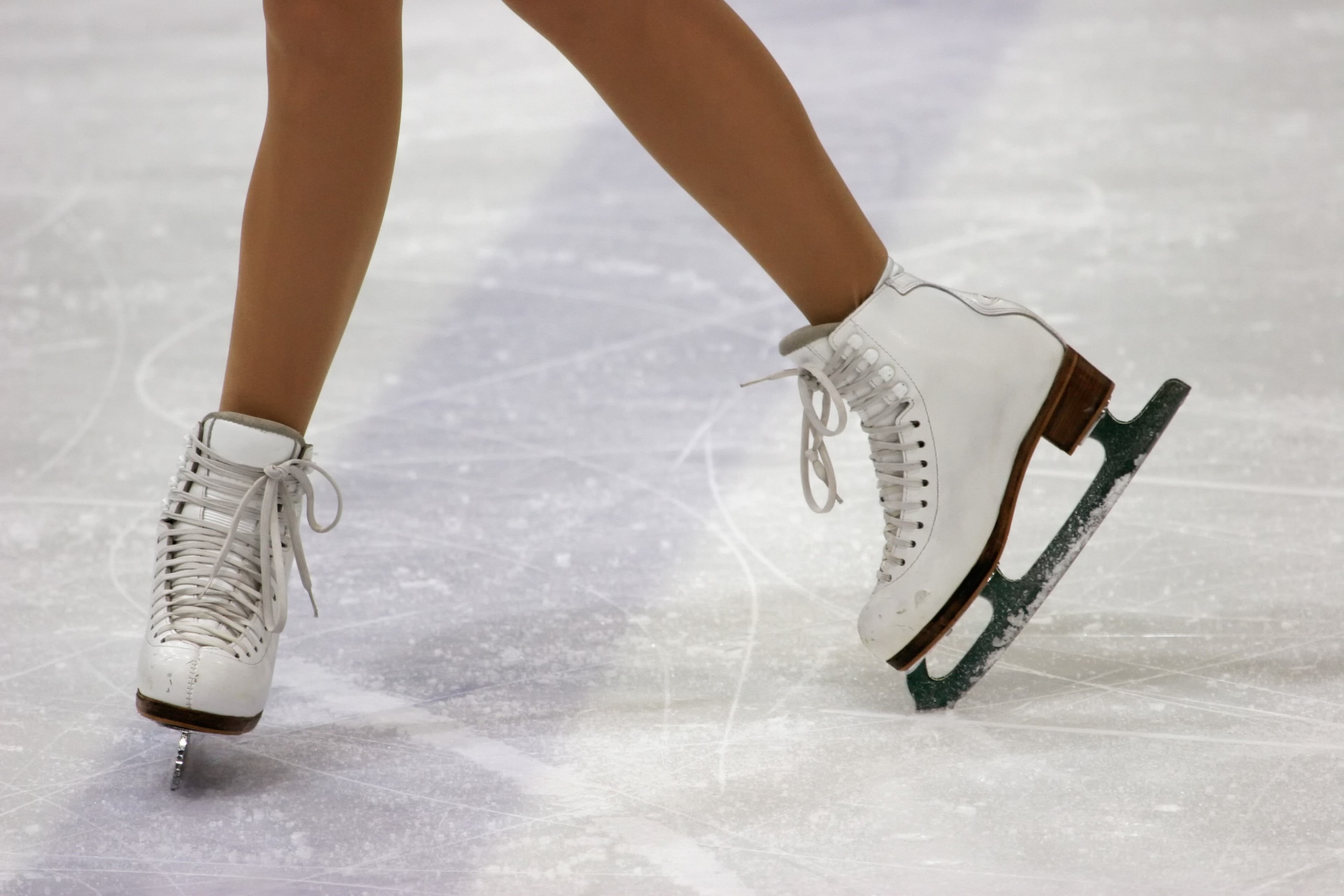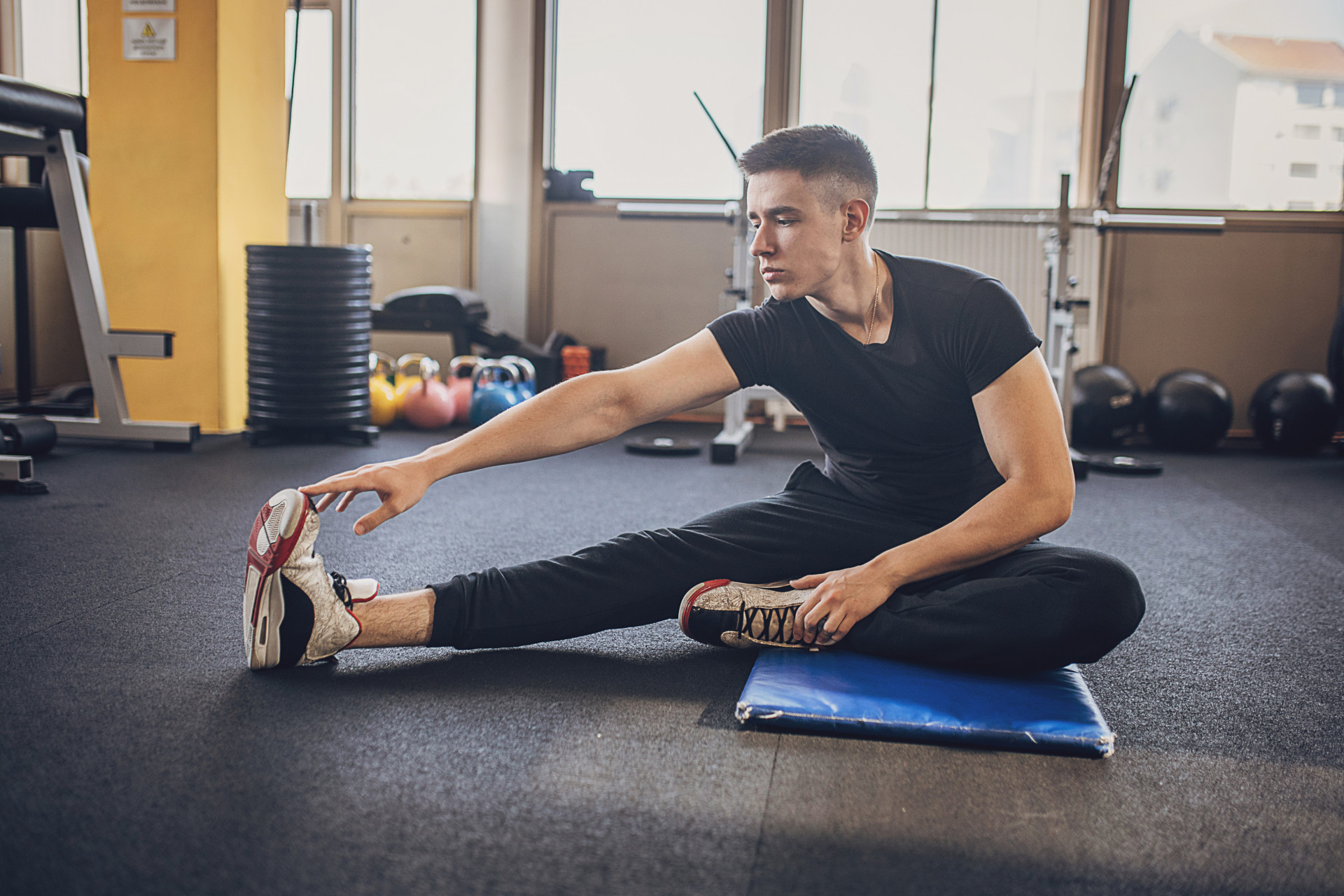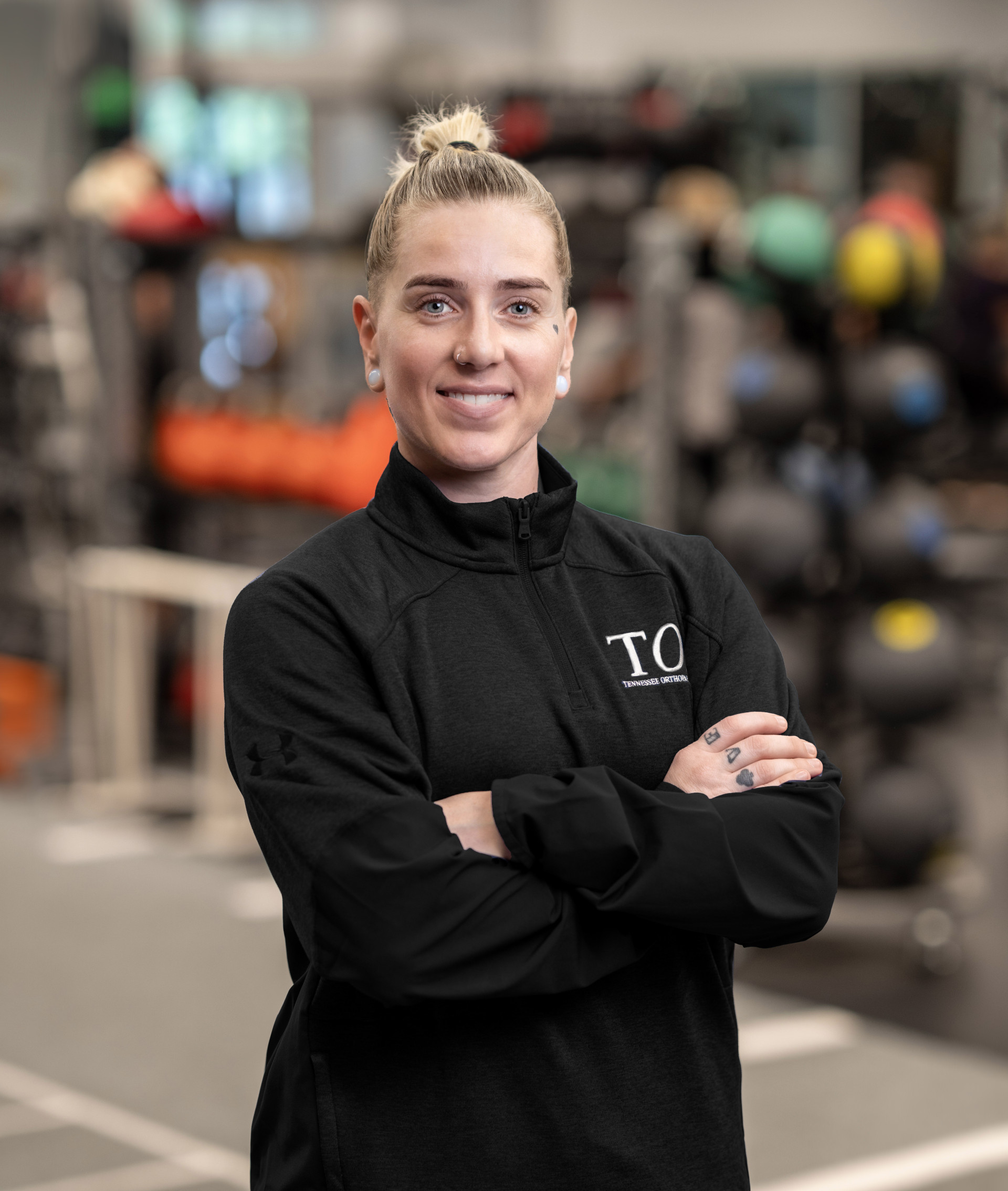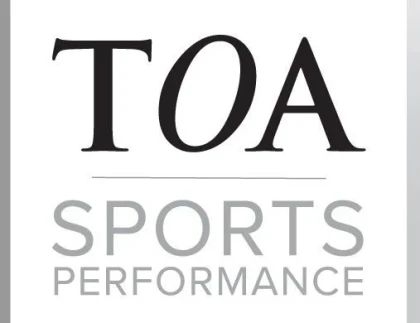Media Center
Figure Skating: Strength & Conditioning For Performance

Unlike other sports in the athletics collective, figure skating has historically not relied as heavily on generalized or sport specific strength & conditioning for performance enhancement. This is not due to a lack of need for all performance attributes (i.e., power, strength, strength-endurance, energy system development, mobility, and stability).In fact, one could argue that figure skating requires a more diverse program comprised of multi-modal stimuli that will force the desired adaptations. Both short and long skating programs require each of the above listed performance qualities for a successful skate. This cannot be done without a safe, intentional, and progressive periodized program based on science and consistency aside from ice-bound training.
From general ice time to edge work, step sequences, ballet & contemporary dance (and other genres), on-ice power development, on-ice postural & shape training, and program choreography, skaters are accumulating a significant amount of work volume. This can lead not only to unnecessary and dangerous exposure to chronic issues, but a lack of movement diversity and an under-utilization of appropriate strength & conditioning methods. This is a problem. Without movement diversity through the help of an experienced practitioner in strength & conditioning (i.e., NSCA-CSCS), the risk for chronic overuse injury increases. Consequently, so does the risk of acute injury. Without appropriate dry-land strength & conditioning, skaters are either less likely to perform optimally, or are not able to move in the patterns designed to enhance performance attributes with efficacy. What’s more, they lose out on the opportunity to take their joints through the specific and expanded range of motion while under various forms of tension. Without these challenges, necessary adaptation cannot happen.
Apart from hockey, strength & conditioning programs have been paid more attention for land-bound athletes, and not so much for ice-bound. That mindset has proven to grow more obsolete. Swimming, as another sport outside of the “land-bound” category, has measured great success through effective dry-land programs that are geared towards the stimuli experienced in water. This success has created a significant investment at the collegiate level due to the performance enhancement shown over the years. Movement in a variety of modalities while under varying intensities, types of tension, volume, and loading lines of pull & push is essential in optimizing performance and preventing injury. The goal for any athlete is to progress areas that need improvement while not regressing areas of high competency. If we put football players in a pool for water-based exercise to mitigate overuse issues, whether in or out of the return to play process, figure skaters should be training on other surfaces and in different environments just the same.
I am currently working with a highly competitive figure skater. He is a 15-year-old men’s intermediate figure skating competitor. He is currently ranked as one of the top ten skaters in the ‘men’s intermediate’ category within the United States. Not only is he engaged in extensive daily ice-bound training, but he is also involved in contemporary dance and ballet. Another piece of his routine is that he follows a nutrition program geared towards his sport specific energy needs. The accomplishments he’s experienced to date are impressive to say the least, and they are all due to his unrelenting work ethic, consistency, and ability to exercise a high level of emotional intelligence. This makes him an ideal candidate for optimal performance outcomes with the addition of science-based sports performance training.
Ideal candidates possess a combination of having a natural inclination toward their respective sport(s), exhibit consistency in their

efforts, and have a true conviction to meet the demands that breed accomplishment. A strong kinesthetic awareness and general movement I.Q. will tend toward better movement patterning and higher performance outcomes. This means he and I can take a more progressed approach with our program. Having said that, we still need to operate in a vertically integrated fashion, making sure all “boxes get checked”. The anatomy of our program includes all stimuli that produce attributes any athlete can and should be building on. This means we employ a holistic and interdisciplinary type of programming within our periodization schedule at a 3x/week frequency.
We focus on movement preparation, balance & proprioceptive work, plyometrics & power output, strength, strength-endurance, mobility, and central nervous system relaxation techniques including, but not limited to diaphragmatic breathing. We perform foundational patterns for power and strength to measure general KPI’s as well as skating-specific patterns and shapes to train for his given choreographed programs. We augment these things with occasional yoga and balance postures as well as Pilates techniques. Though figure skating relies heavily on lower body output, there is a fundamental need for trunk and upper extremity mobility and strength. The implements we use change throughout our program to offer varying types of tactile feedback to enhance neurological responses. The imposed demands also change as we aim to build on the attributes needed, moving from block to block. De-load weeks are programmed for, contingent on his skating and competition schedules, much the same as they would if he were a lacrosse player. All elements of our program are designed to target each joint’s articular rotational capabilities and the physiological demands of his sport. These are things you cannot get with a program that uses only on-ice training protocols.
As we continue to see injury rates skyrocket, especially within youth and high school athletes, the need for safe, effective, and appropriate strength & conditioning programming increases. The level at which athletes compete today is rising, creating a heighted need for specificity and greater attention from other avenues relative to sport. Performance optimization requires the right balance of specialization and generalization. All athletes need movement diversity and varying stimuli to perpetuate physiological and neuromuscular adaptation. If you want your skaters to progress, you must treat them like any other athlete across the sporting spectrum. This can take them beyond the “edge” of greatness!
Marci Beck, MS, CSCS
TOA Sports Performance Specialist









